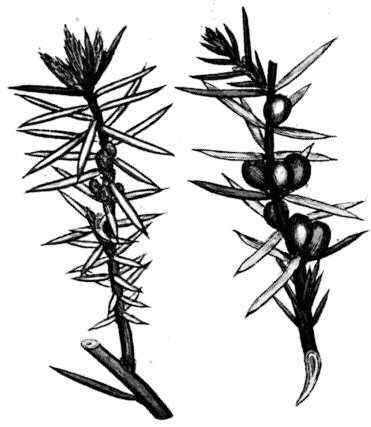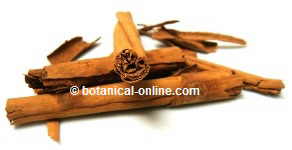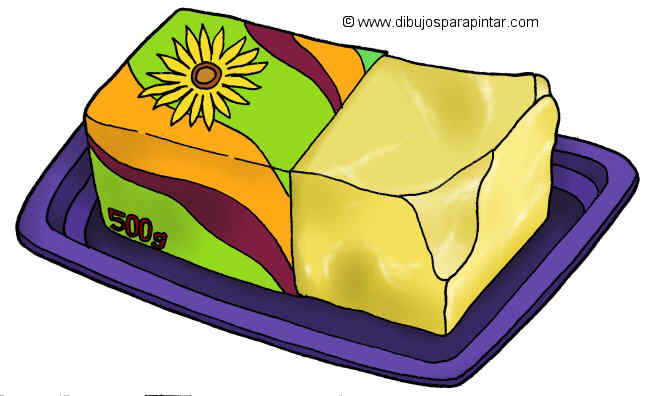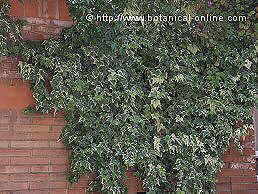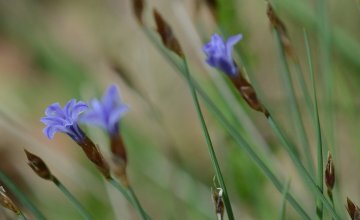Contents
Properties of Euphorbia pulcherrima
Poinsettia characteristics
Scientific noun: Euphorbia pulcherrima; Poinsettia pulcherrima.
Common noun: Poinsettia
Family: Spurge family – Euphorbiaceae.
Habitat: It is a native plant in Mexico, where it grows like a perennial bush that can attain more than 3 m. tall. It is used as a gardening plant in the rest of the world.
Components: Euphorbine.
Active parts: The whole plant.
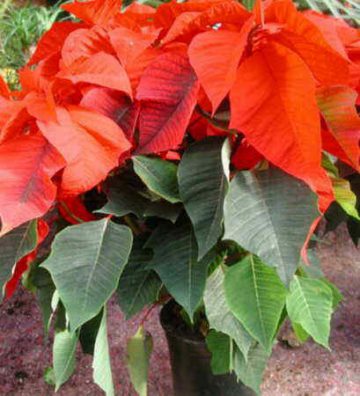
PROPERTIES OF POINSETTIA
Gardening uses of Poinsettia
Poinsettia is very well-known from the Aztec period who named it ” Cuetlaxochitle.”
Its scientific noun “pulcherrima ” was given by William Prescott a historian and gardener, who called it like this because of its “pulchritude” that’s to say its beauty.
It is also Known as Poinsettia by the fact that was introduced in United States by Joel Robert Poinsett in 1825. It is one of the most appreciated plants in this country, up to the point that December 12 is known as The Poinsettia National Day.
This plant is related with Christmas since the 16th century. In fact, In Spanish speaking countries it is called ” Estrella de Navidad” (= Christmas Star) because the leaves form remind us of the Star of Bethlehem. It is also said that the red coloured bracts are the symbol of the blood that Christ lost when he was nailed to the Cross.
For all these reasons, and a very aggressive trade policy, the poinsettia has become one of the most popular indoor plants. It is the most common plant during the winter months in the northern hemisphere.
![]() More information about how to grow it
More information about how to grow it
Medicinal properties of poinsettia
External preparations with poinsettia: In Mexico, poinsettia plant is used as a remedy with the following purposes:
- To cure warts (latex spread on the wart)
- For the treatment of skin wounds, ulcers or skin diseases, such as labial herpes, (Latex on the affected part of the skin)
- To promote breast milk production: Latex of Poinsettia has been attributed with galactagogue properties. (latex from this plant is licked with this purpose) (Sometimes, milking women eat the leaves raw of boiled instead)
- As an external remedy for inflammation processes. Suitable, for example, in case of arthritis, muscle or bone contusions, etc. (Apply heated leaves on the affected parts) (Apply a compress soaked with the liquid resulting from a decoction of flowers in water, where some lemon juice has been added)
- As depilatory cream: In order to remove the excessive hair on the skin, latex of poinsettia has been used a a depilatory resource (Apply latex on the hairy zone)
- Infusions of poinsettia for internal use: Mexican phythotherapy has used this plant since long. Infusions of poinsettia are considered good for the following problems:
- For respiratory diseases: such as cold, cough, throat sore, bronchitis, etc.
- For heart diseases
Toxicity of Poinsettia
There were some unconfirmed reports at the beginning of the century which assigned it deadly properties leading to the conclusion that it was a poisonous plant.
At present, it is thought that it is not a very poisonous plant for human beings. We should consider it more a non-edible plant than a poisonous one.
Recent studies have concluded that it is not so a dangerous plant. A child should eat an impossible quantity of bracts to die – about 500 or 600 – although it can produce the symptoms seen below.
However, it must be avoided the contact of the sap with the skin because it can produce blisters.
It may irritate the eyes if latex, containing euphorbine, gets in contact with them. So, although it is not a lethal poison, one should be aware of it.
Symptoms of poisoning with Poinsettia
The main side effects of eating this plant are:
- Vomiting
- Diarrhea
- Nausea
Contact with poinsettia, specially in sensitive people, can lead to:
- Blisters in the skin.
- Dermatitis
![]() More information about plants.
More information about plants.



